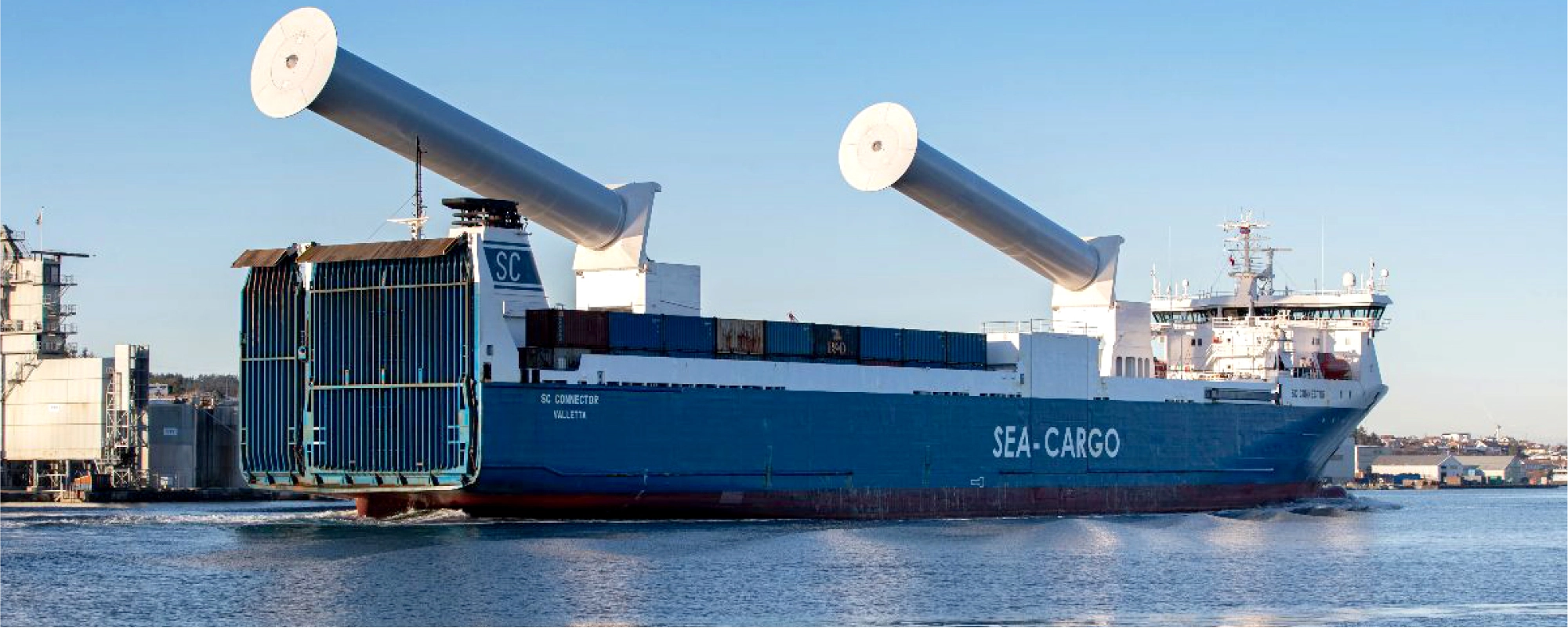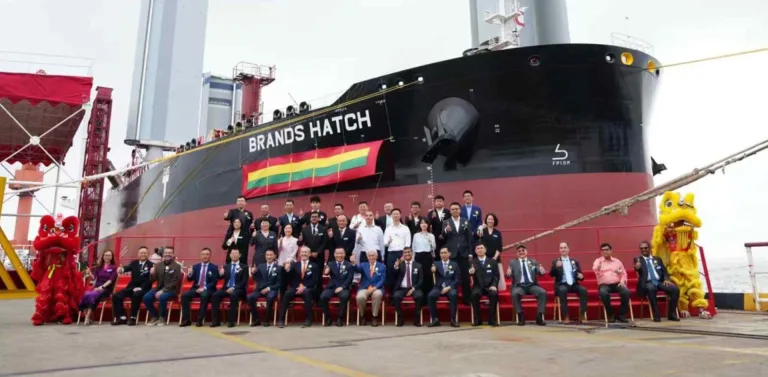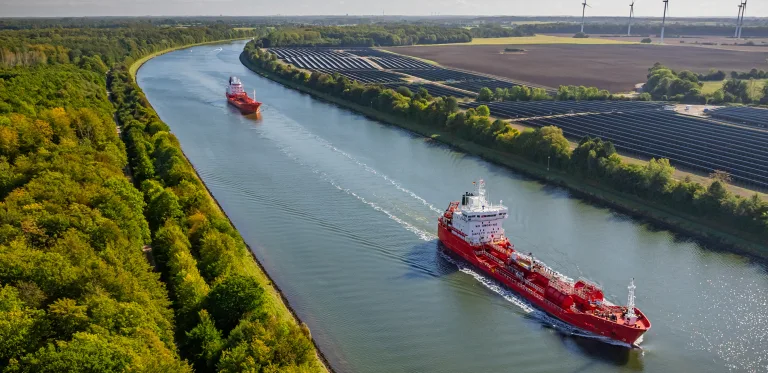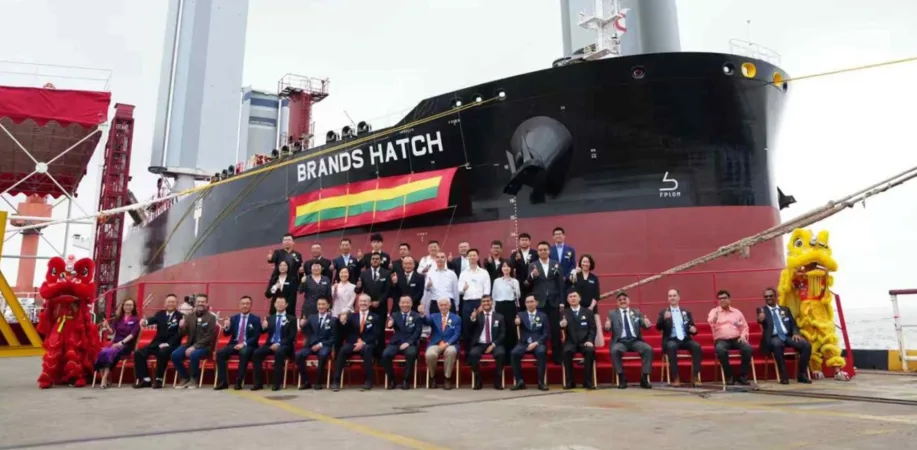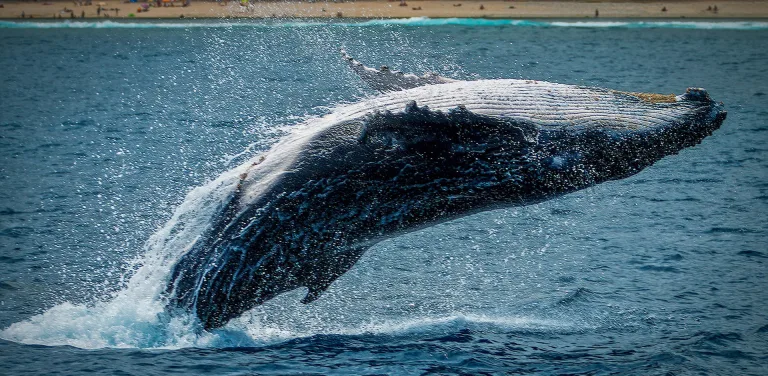As progress marches forwards, the maritime industry has committed itself towards creating a more sustainable future through new innovations and advancements. But even in this modern era of shipping, history repeats itself to some degree. In order to boost efficiency and help reach the climate goals set for the industry, some have turned to the past for inspiration.
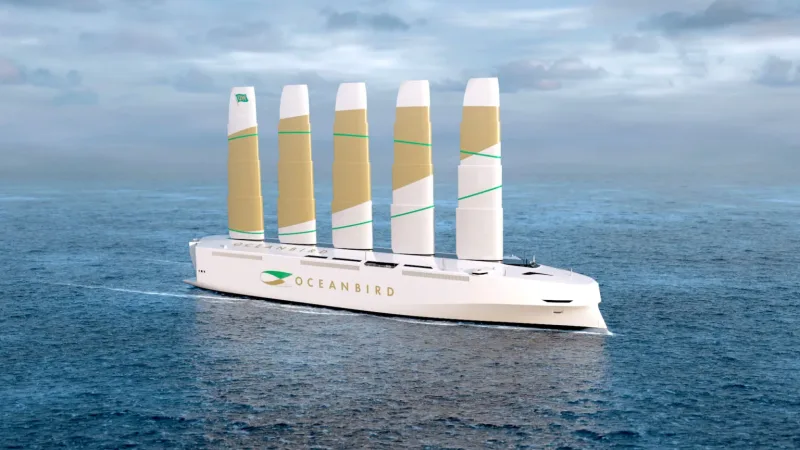
One of the most promising areas is the return to wind power. Several design companies have turned back the clock by two centuries, developing modern iterations of sails to harness the renewable power of the wind. For example, Wallenius Marine is preparing to test Oceanbird, a vessel powered by wing sails – hard yet foldable sails that more closely resemble vertical airplane wings than traditional sails. The sails can automatically angle themselves into the wind for optimal performance and it is believed they can reduce emissions by as much as 90% in certain conditions.
Other companies have made the decision to move the sail away from the ship with a less permanent solution – giant traction kites capable of towing ships across the ocean, not unlike kiteboarding but on a much grander scale. Yet this concept is also far from new, having been proposed in 1827 by English inventor George Pocock in his book The Aeropleustic Art or Navigation in the Air by the use of Kites, or Buoyant Sails in which he advocates multiple uses for kites, including auxiliary sail power for ships.
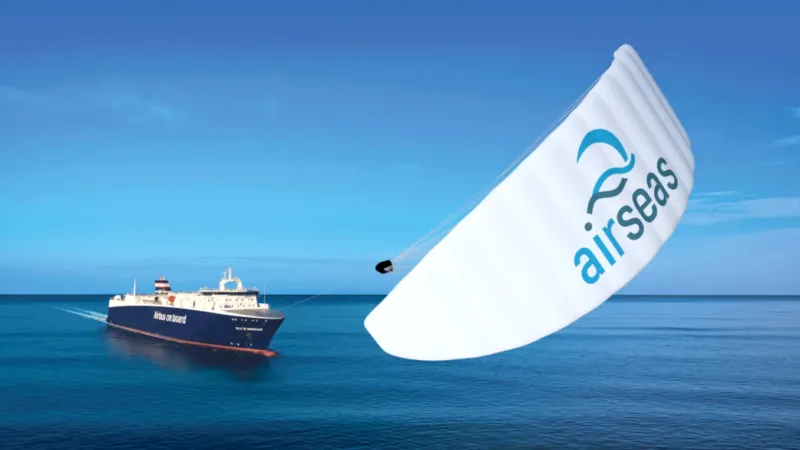
Today, Airseas is the leader in this field, having produced a 1,000 m2 parafoil wing that can provide 100 tons of traction at sea. Branded Seawing, the system has the potential to reduce fuel consumption and emissions by 10% to 40% depending on the weather, and can be deployed, controlled, and returned at the push of a button thanks to autonomous control systems, thus reducing the need for extensive training. Furthermore, kite-based solutions require minimal deck space and can be easily retrofitted onto existing ships.
Rotor sails, also known as Flettner rotors (named after German inventor Anton Flettner), are another method of harnessing the wind and one with a proven history, thus making it the most commercially ‘popular’ of the three technologies. Dating back to 1924, rotor sails utilise the Magnus effect – the same principle that lets a footballer curve a spinning ball – to propel a ship. By spinning large vertical cylindrical rotors on the deck, wind incoming from port or starboard can drive the vessel forwards, reducing emissions by as much as 30%. Modern rotor sail designs are capable of lowering themselves to pass under bridges and can tack at greater angles than conventional sails.
Despite its proven history and effectiveness, rotor sails remain rare in practice, though interest is growing. More companies are offering installation services, including a partnership between Anemoi Marine and Wärtsilä, while there has been an uptick in vessels trialling the ‘new’ technology, even within the Anglo-Eastern managed fleet. MV Delphine, one of the world’s largest ro-ro vessels, is in the initial testing phase, while the all-new dual-fuel LPG carrier MT Oceanus Aurora has been fitted with the necessary foundations on deck to support installation in the near future.
Beyond the realm of wind power, another design taking inspiration from the past can be found at the literal forefront of shipping – the bow. The Norwegian company Ulstein has developed a unique bow design trademarked as the X-BOW, which unusually projects furthest forward at the bottom as opposed to the top, as is conventional, for smoother sailing. Interestingly, this bow design resembles several Norse vessels from the 8th to 11th centuries, such as the Oseberg and Kvalsund archaeological finds, along with the Norse knarr design, which all feature a similarly inverted bow.

Anglo-Eastern Cruise Management International (AECMI), our recently-acquired cruise ship management division, manages a newly-built fleet of five Infinity class vessels that feature Ulstein’s X-BOW for greater passenger comfort while sailing through some of the rough seas encountered on Arctic expeditions. An inverted bow allows a vessel to easily traverse rough waters, piercing through smaller waves while reducing pitching and the bow impact of larger ones – all without losing as much speed when doing so, thus reducing fuel consumption and emissions.
While it remains unknown as to whether the Norse shipwrights of the time understood the benefits of the inverted bow design or chose it for other reasons, the parallels show that there may still be other past ideas and technologies we can draw inspiration from. Sometimes the more things change, the more they really do stay the same!
